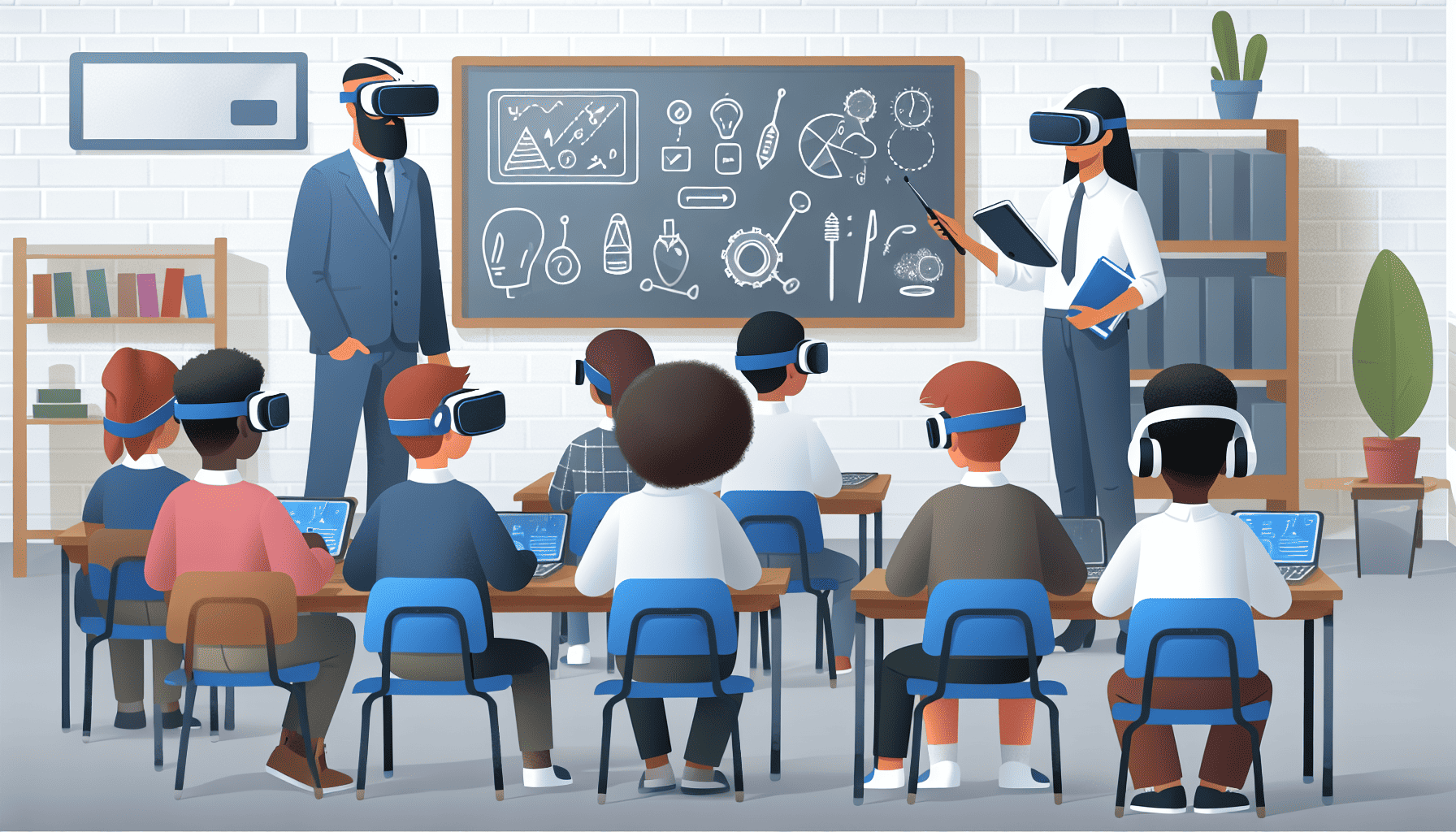In recent years, innovative teaching methods have revolutionized the educational landscape, shifting the focus from traditional, teacher-centered approaches to more dynamic, student-centered experiences. These methods emphasize creativity, interaction, and engagement, driving deeper learning and better retention among students. By integrating technology, collaboration, and experiential learning, educators are able to create environments that not only convey knowledge but also inspire curiosity and critical thinking.
One of the cornerstone methods in this new wave of education is project-based learning (PBL). PBL encourages students to explore real-world problems and challenges, working on projects that require critical thinking, collaboration, and various forms of communication. This approach helps students develop a deeper understanding of the subject matter by actively engaging them in tasks that are both meaningful and relevant to their lives and future careers. Moreover, it fosters essential soft skills such as teamwork, problem-solving, and adaptability.
Flipped classrooms are another innovative teaching technique gaining popularity. In a flipped classroom, traditional learning is reversed: students first engage with new material at home through videos or readings, and then apply their knowledge through hands-on activities in the classroom. This model allows teachers to use class time more effectively, focusing on interactive activities and personalized guidance rather than lectures. By doing so, students have the opportunity to assimilate the information at their own pace and leverage classroom time to enhance their understanding and skills.
Gamification is another creative methodology that is making waves in education. By incorporating game design elements, such as points, badges, and leaderboards, teachers can motivate students and increase engagement. Gamification transforms the learning process into an interactive and entertaining experience, encouraging students to take an active role in their education. When students are motivated and eager to learn, their productivity and success tend to follow suit.
Technology plays a significant role in many innovative teaching methods. Virtual reality (VR) and augmented reality (AR) are becoming increasingly prevalent in classrooms, offering immersive experiences that enhance learning. These technologies allow students to explore new worlds and scenarios, providing a tangible context for their learning and helping to spark curiosity. For instance, students can virtually travel to ancient civilizations or explore complex scientific processes in a 3D environment, thereby deepening their comprehension of challenging concepts.
Collaborative learning is also at the heart of innovative education strategies. This approach promotes group work and peer-to-peer learning, allowing students to benefit from diverse perspectives and collectively solve problems. By engaging in discussions, debates, and joint projects, students develop their ability to communicate effectively and work with others—a crucial skill in today’s globalized society.
Another essential aspect of innovative teaching is the focus on personalization. With the help of data analytics and artificial intelligence, educators can tailor the learning experience to meet individual student needs. By recognizing different strengths, weaknesses, and learning paces, personalized learning environments can provide targeted support, ensuring that every student has the opportunity to succeed.
Finally, experiential learning, which involves students' direct interaction with the material, is a powerful approach in modern education. Whether through field trips, internships, or hands-on experiments, experiential learning helps students apply theoretical knowledge to real-world situations. This application not only reinforces their understanding but also provides them with practical skills and insights that are invaluable in the workforce.
In conclusion, innovative teaching methods are transforming education by focusing on creativity, interactivity, and engagement. These approaches not only make learning more enjoyable and effective but also prepare students for the complex and ever-changing world. By adopting these methodologies, educators are equipping students with the critical skills and knowledge they need to thrive—both in the classroom and beyond.
